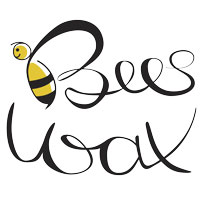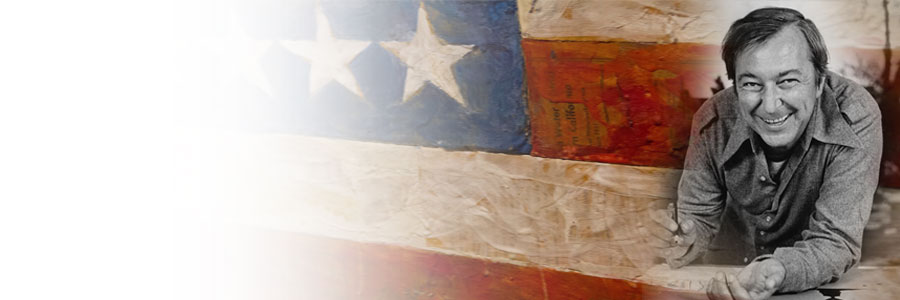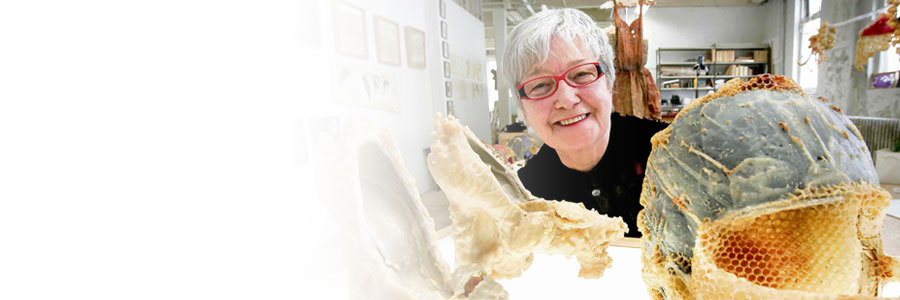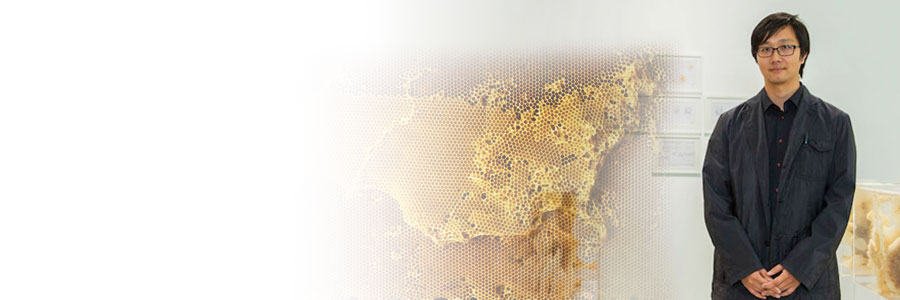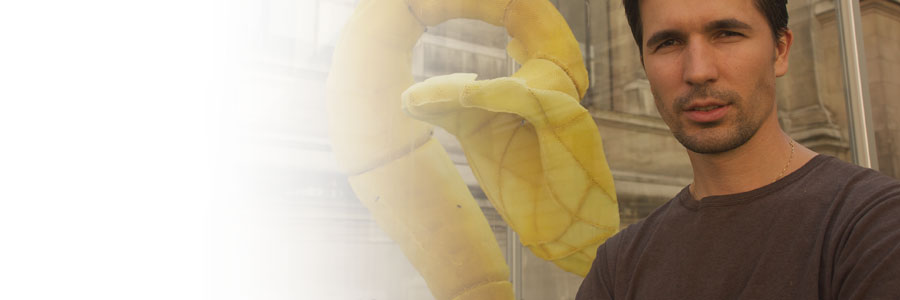Jasper Johns (born May 15, 1930) is an American painter, sculptor and printmaker whose work is associated with abstract expressionism, Neo-Dada, and pop art.
Jasper Johns’s groundbreaking 1958 installation at the Leo Castelli Gallery of his famous target and flag works changed the current of New York painting and had an extraordinary impact on contemporary art. In the paintings, Johns presents images that move into the realm of objects and wrestle with the validity of representation as a philosophical concept. The targets and flags, in the words of critic Leo Steinberg, were “co-extensive” with their canvases, existing somewhere between a symbol and a thing in the world. Not only did these paintings begin Johns’s successful dismantling of modern art through his ironic analysis of structures and rituals, but they also became the innovative new ground on which a generation of painters and sculptors made their work. Johns’s own career spans from the flags, through the device motif in the early 1960s, into the crosshatch paintings of the 1970s, and to his complex, densely layered recent works.
“One night I dreamed that I painted a large American flag,” Johns has said of this work, “and the next morning I got up and I went out and bought the materials to begin it.” Those materials included three canvases that he mounted on plywood, strips of newspaper, and encaustic paint—a mixture of pigment and molten wax that has formed a surface of lumps and smears. The newspaper scraps visible beneath the stripes and forty-eight stars lend this icon historical specificity. The American flag is something “the mind already knows,” Johns has said, but its execution complicates the representation and invites close inspection. A critic of the time encapsulated this painting’s ambivalence, asking, “Is this a flag or a painting?”
As Johns explained it, encaustic allowed him to be more efficient and, at the same time, more deliberate in his gestures. In other words, because pigmented wax sets quickly, Johns could add another mark or strip of saturated paper or cloth with the assurance that any previously laid marks would remain unaffected. In this way, each discrete trace was preserved, effectively embalmed.
